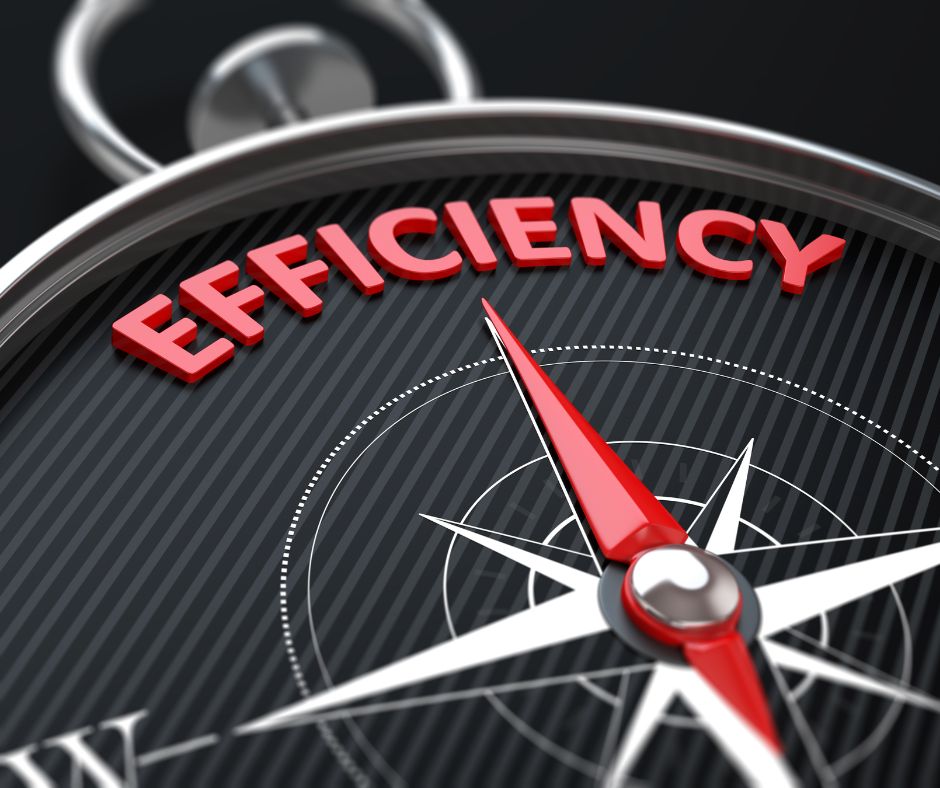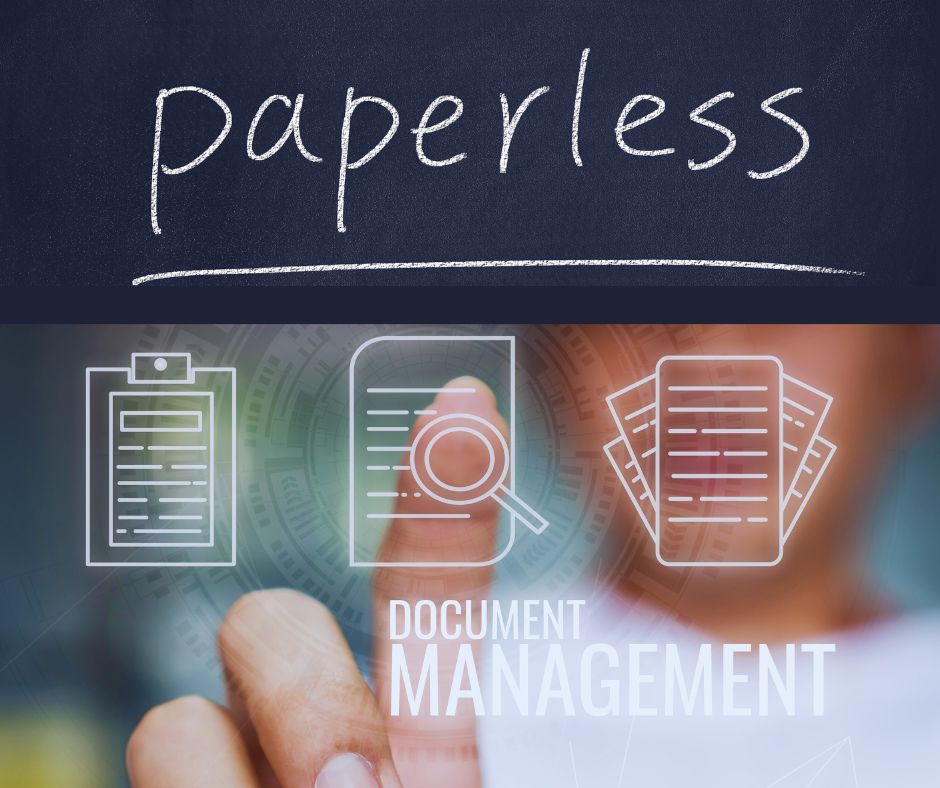The Blueprint for a Paperless Future in Construction
In the ever-evolving world of construction, innovation is the cornerstone of progress. Today, we’re delving into a revolution that’s reshaping the industry from its core – Document Management Software Construction. Imagine a construction site where every document, blueprint, and approval are not buried in a mountain of paperwork, but easily available at your fingertips. This transformation from paper clutter to digital clarity is the promise of Paperless Document Management Software in Construction. In this post, we’ll explore how cutting edge construction file management solutions are not only propelling projects to new heights of efficiency but also paving the way for a sustainable, paperless future in construction.
Transition to a Paperless Era with Document Management Software For Construction
Switching to digital operations has become as natural as using a smartphone for most of us. Remember receiving faxes or physical mail in your inbox? Probably not, right? That was one of the first steps towards using less paper and being more eco friendly. Many businesses have moved their functions online to work more adeptly. Lately, they’ve started using the cloud, which means you can access information from any device with an internet connection! Because of Covid 19, industries like construction have started using online tools for collaboration, which used to be mostly in the digital world.
In construction, they’re trying to find better ways to save time and reduce paper usage. Even with all the advancements, many construction tasks still rely on paper, like plans, diagrams, RFIs, checklists, timesheets, and tender submissions. Sometimes it’s required by the site or government rules. Other times, it’s because not everyone is familiar with the tech or there isn’t enough money set aside for it. So, there’s a whole world of potential waiting to be explored using web technologies like a Construction File Manager!
Unlocking the Advantages of a Paperless Approach
When we talk about going paper free, we’re not talking about Excel sheets. It’s about seizing Construction Document Management that offers real time, easily available information for everyone involved. Using the same software creates a collaborative environment where everyone is on the same team.
The use of paperless digital software in construction is revolutionizing document management. Tasks that were once challenging with traditional methods are now easily handled by computerized systems, even flagging potential errors in the tender document preparation process.
According to a recent Autodesk study, 84% of those tracking project mile stones find this feedback valuable as it allows them to address any difference between plans and actual work on-site.
Maintaining high productivity both on-site and in the office is crucial for effective construction project management. When hurdles like coordination and communication hinder productivity, it’s time for a change. A significant 70% point out that poor schedule management causes more problems than anything else. Construction software solutions have regularly been proven to ease many of these challenges.
How Document Management Software for Construction Increases Efficiency & Make Way for a Sustainable Future in Construction?
A Paperless Document Management in Construction has the potential to revolutionize construction projects, offering a dual benefit of enhanced efficiency and sustainable practices. Here’s how:
Efficiency:

Sustainability:

By including a cutting edge construction file manager, construction projects can significantly enhance their operational efficiency while simultaneously give rise to a more sustainable, paperless future in the industry. This dual approach exemplifies how technology can drive progress in construction while lining up with broader environment centric goals.
Switch to Document Management Software for Construction – It’s Easier Than You Think
Embarking on this journey need not be overwhelming. Starting small with a single paper free project is the most accessible and budget friendly approach. Going all in becomes a well organized process with defined goals and timelines. Ensuring support and commitment from various stakeholders within the business is crucial for a smooth transition.
With Docupile – Construction File Manager, seize the paperless revolution has never been simpler. Curious about how Docupile can smooth out your digital transformation? Request a demo today! We’re dedicated to guiding you through this journey of progress. Get in touch with us for a consultation and discover how you can benefit from a Construction Document Management System!




